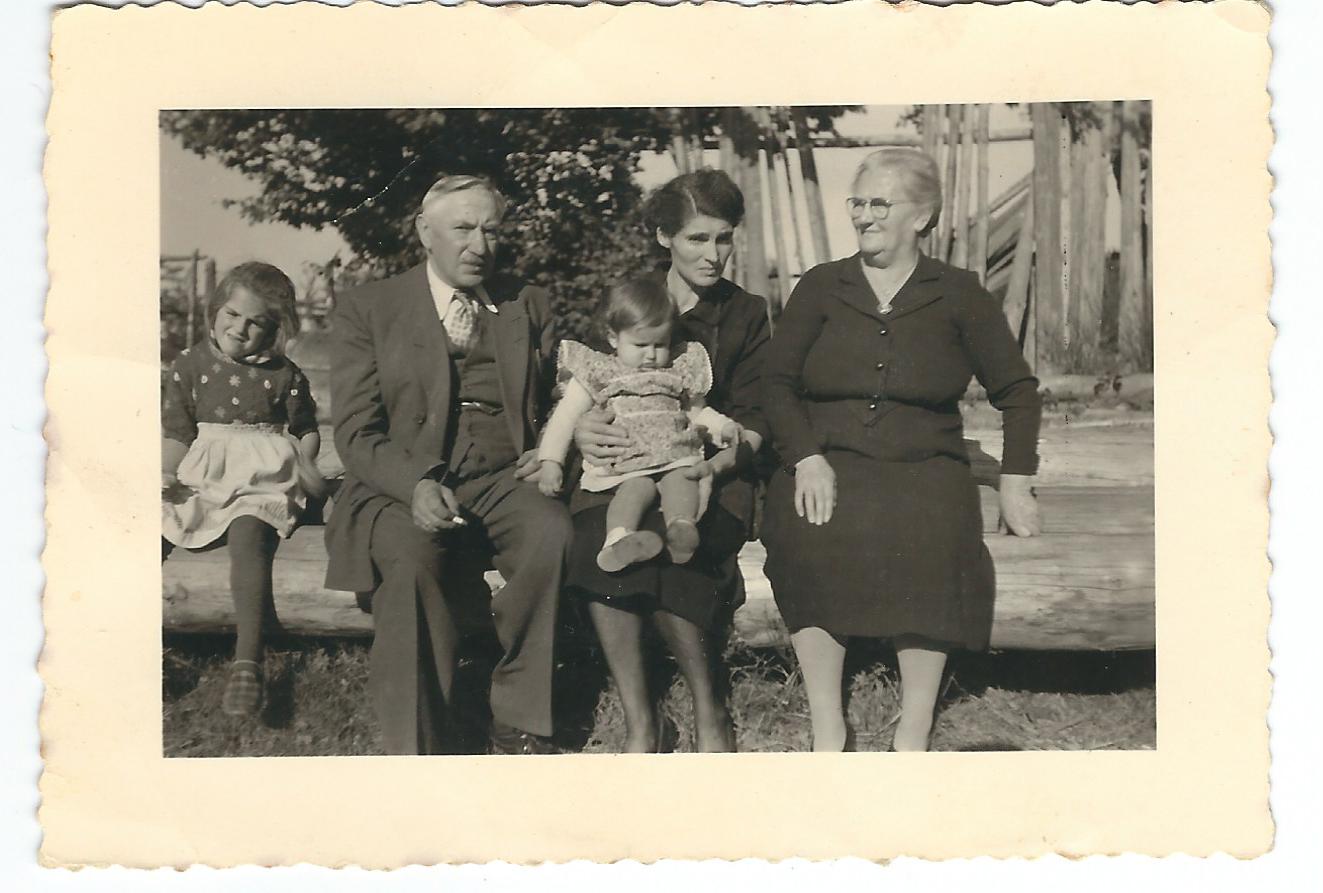Had the regional press not often reported on the malignant infection in those years? Since the middle of the 19thcentury, it had become more frequent in Europe. The pathogenic virus – discovered in 1908 – could affect the locomotor and respiratory systems via the spinal cord and nervous system and cause paralysis. Adults too could contract the so-called childhood disease.
Even in the early 1950s, there were no effective remedies against the disease. In Belgium, the ‘Ligue Nationale contre la Poliomyélite’ (National Polio Eradication League) excelled in soliciting support for its projects from the communities. The funds went into information and support campaigns. In the case of respiratory paralysis, the patient could be treated with the help of the ‘iron lung’. Warm or seawater baths helped treat waning motor skills.
Infections occurred more frequently in the summer months. When 126 cases were registered in Belgium by the end of June 1952 (1), the Ministry of Health postponed the start of school until 15 September (2). Once a case had become known, school authorities banned under-18s from entering swimming pools and playgrounds, or from attending meetings. Drinking water had to be boiled and vegetables and fruit had to be washed thoroughly before consumption.
The poliovirus was spread by droplet and smear infection and the hygiene measures seemed draconian at the time. Yet the list of causes of death for 1952 at the national level listed poliomyelitis as the cause of death only 34 times (0.03%) out of 102,764 deaths (3).
Encouraging news came from the United States, where the multiplication of the virus in cell cultures had caused a sensation. In the spring of 1955, Jonas Salk developed the so-called Salk serum, and a year later Albert Sabin began carrying out research on an oral vaccine.
In the region, people reacted to the positive prospects. T municipality of Heppenbach should be cited as an example, where two isolated cases of spinal polio had occurred. In view of this, the municipal council recorded on 11 January 1957: ‘However, in order to be sufficiently equipped in case the disease spreads, a doctor shall be contacted (…) with the purpose of procuring vaccine.’ Nine months later, procurement of the first vaccination dose was under discussion (4).
In 1958, the Ministry of Health offered free vaccinations nationwide to all children between the ages of 6 months and 15 years (5), which parents were free to opt for or against. Yet it was the Royal Decree of 23 October 1966 that was to end this freedom of choice. In 1967, ten years after the first campaign in Heppenbach, vaccination against poliomyelitis became the only compulsory vaccination in Belgium, which was declared polio-free by the World Health Organisation in 2002.
When our picture was taken, the 14-month-old godchild could already walk. Shortly afterwards, he could no longer. The family doctor had recognised the symptoms of polio and prescribed a ten-minute bath in 40°C water twice a day to stimulate the leg motor function. An abomination for the little girl! However, the effect of the treatment, to which both parents had conscientiously devoted themselves, alleviated the girl’s paralytic complaints and helped the picture to become the clue to a successful family narrative.
Alfred Rauw
From ZVS, 2019/02, pp. 41/42.
(1) Die spinale Kinderlähmung als endemische Krankheit, in Grenz-Echo, 30/07/1952.
(2) Grenz-Echo, 30/08/1952
(3) Woran starben die Belgier? in Grenz-Echo, 15/06/1954
(4) Reports of the municipal council meetings in Grenz-Echo, 15/01 and 17/09/1957.
(5) Freiwillige kostenlose Impfung, in Grenz-Echo, 10/01/1958

